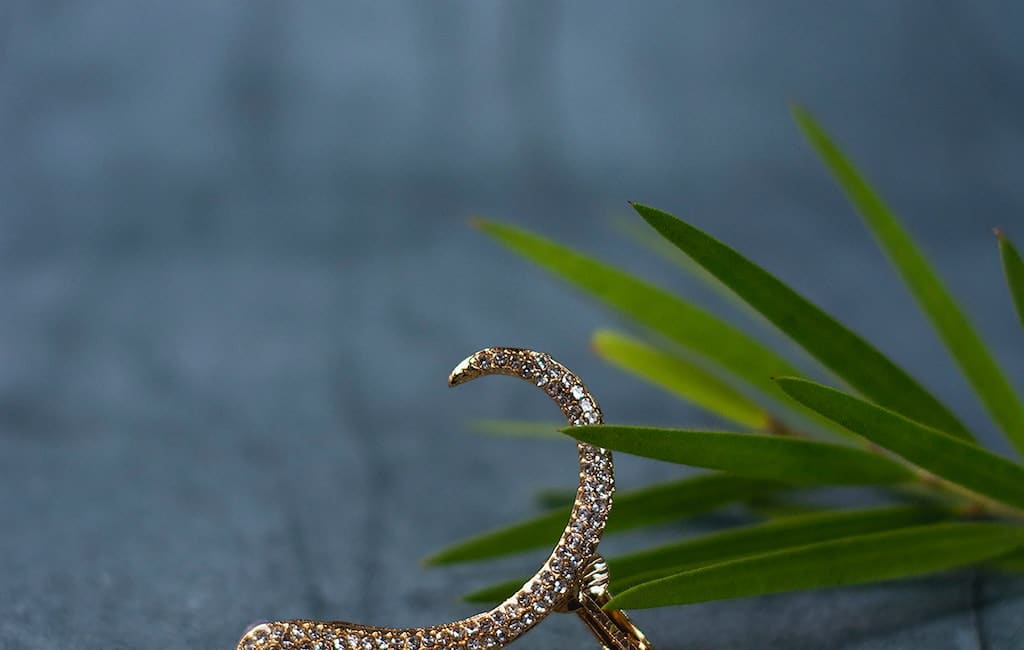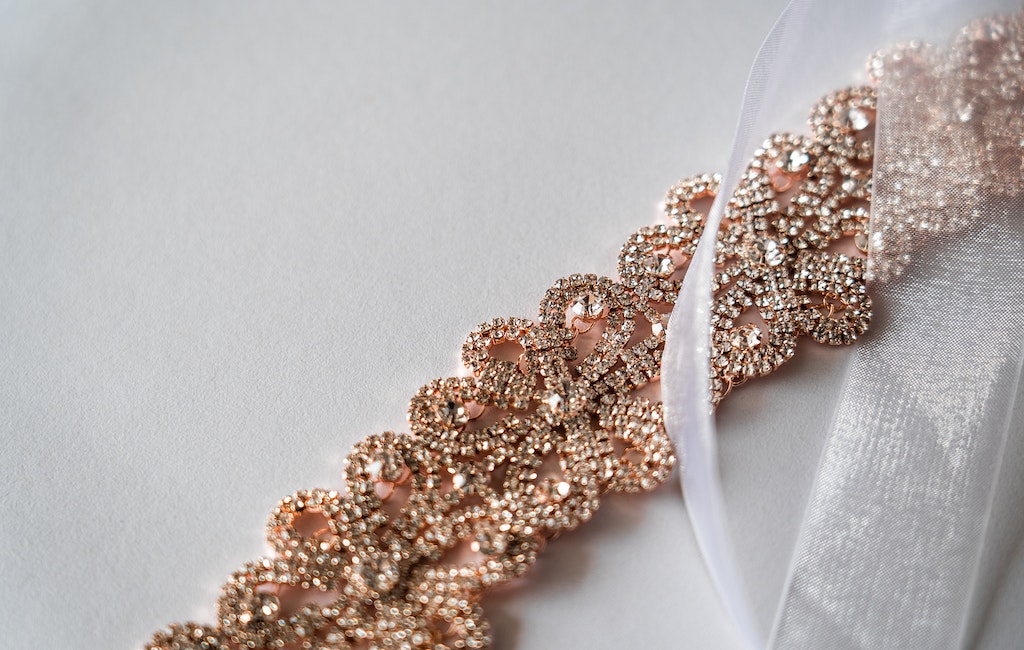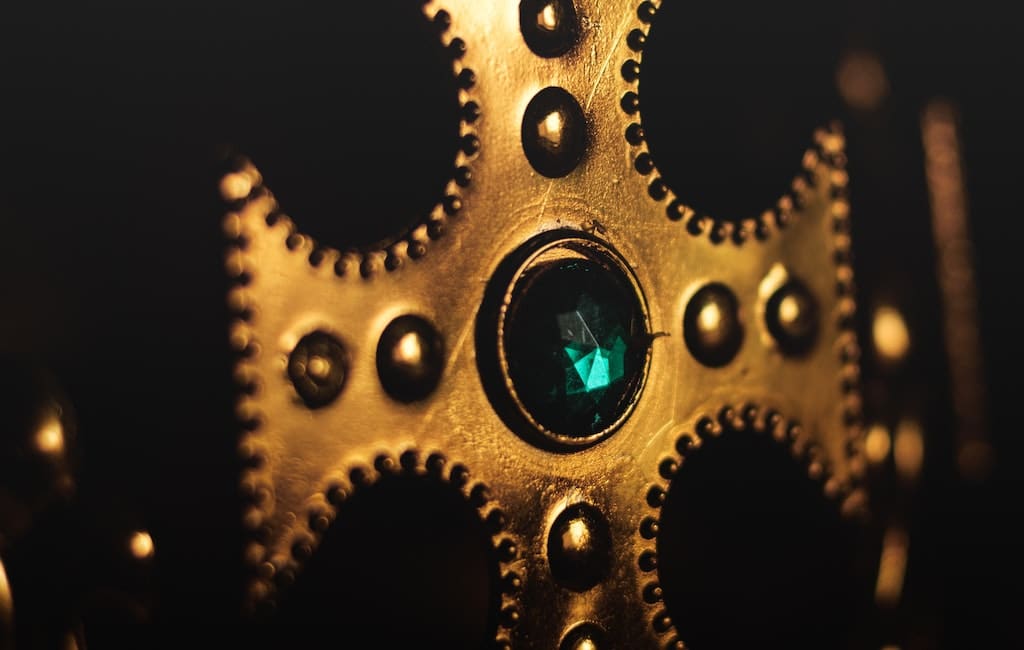A jewel is a precious stone made up of minerals, which shines brightly after it has been cut and polished. Jewels can also be called gems or gemstones, and they are usually used in making jewelries such as earrings, necklaces and even crowns. Jewels are very expensive and rare because they cannot be found or mined in every part of the world. Notable pieces which are made up of jewels are also relatively rare. Some of these remarkable pieces are the crown jewels.
WHAT ARE CROWN JEWELS?
The Crown Jewels of the United Kingdom or the Crown Jewels of England, as they were originally called, are a collection which comprise of ceremonial objects which are of great cultural and historical importance to the monarchy of the United Kingdom. They include vestments or attires worn by several British monarchs and the full coronation regalia; all of which are held for safekeeping in the Tower of London.
The Tower of London, which is officially known as Her Majesty’s Royal Palace and Fortress of the Tower of London, is a very important castle which holds a lot of cultural significance and history in the United Kingdom. It is located in central London, northward of the River Thames, in a location that is nestled inside the London Borough of Tower Hamlets. It was established around the year 1066, as a crucial part of the Norman Conquest and it has continued to stand even to this day.

The Tower of London lies on several acres of land and has many divisions, levels and rooms, which include the Jewel House (or Jewel House) and Martin Tower, which is where the Crown Jewels are housed (and have been kept for several years). The total collection consists of one hundred and forty-two (142) objects, which include the following: 31 pieces of alter plates, 35 pieces of secular plate, 13 maces, 16 trumpets, 7 sovereign crowns, 6 consort crowns, 6 scepters, 6 swords, 3 rings, 3 robes, 3 Prince of Wales coronets, 3 pieces of baptismal plate, 2 pairs of armills, 2 orbs, 1ampulla, 1 pair of spurs, 1 staff, 1 spoon, 1 monde and 1 armlet.
The oldest object among the Crown Jewels is the single coronation spoon within the entire collection, which can be traced back to the 12the century.
WHAT IS THE PURPOSE OF THE CROWN JEWELS?
It is an undeniable fact that the Crown Jewels have notable cultural and historical significance to the citizens of monarchy, the citizens of the United Kingdom and the entire world at large. Together, all the objects in the collection signify over 800 years worth of history regarding the monarchy (they are also the most complete set of monarchy regalia in the world with over 30 million people who have come to visit them over the years). However, each particular object in the collection has its own history and purpose.
First of all, all the objects that make up the Crown Jewel collection can be divided into seven distinct groups which include the following:

- The crowns
There are a total of thirteen (13) crowns among the Crown Jewels (7 sovereign crowns and 6 consort crowns). They include St. Edward’s crown (which is made of gold and decorated with four hundred and forty-four (444) stones including; rubies, sapphires, amethysts, peridots, garnets, tourmalines and zircons), the Imperial State Crown (which is made of gold silver and platinum along with two thousand, eight hundred and sixty eight (2 868) diamonds, two hundred and seventy three (273) pears, seventeen (17) sapphires, eleven (11) emeralds and five (5) rubies), the Prince of Wales coronets, the Consort Crowns and the non-coronation crowns.
- The anointing objects
This includes the ampulla made of gold, and the spoon (which is made of silver with pearls).
- The processional objects
This refers to the swords (which are encrusted collectively with thousands of diamonds, several rubies and other gemstones such as sapphires, rubies and turquoises), St. Edward’s staff (which is a 1.4 meter long walking stick that is made of gold), trumpets (about 16 of them, made up of silver. Some of them are decorated in red silk damask embroidered with gold), and maces (which are silver-gilt).
- The robes and ornaments
The robes are made of gold which weigh an estimated 10 kg or 22 lb. This subdivision also include spurs, orbs (made of gold and decorated with gems and pearls), armills, rings (made of rubies, sapphires and diamonds), scepters (made of gold, about three hundred and thirty three (333) diamonds, thirty one (31) rubies, fifteen (15) emeralds, seven (7) sapphires, six (6) spinels and one (1) composite amethyst), as well as a new stole made for Elizabeth 11 in 1953, which is embroidered with floral embelms of several countries of the Commonwealth such as Australia, Canada, Ceylon, India, New Zealand and the four component countries of the United Kingdom.
- The banqueting plate
This particular piece of silverware is a very important piece of the Crown Jewels collection and it is commonly known as the heaviest piece of English banqueting plate that remains in existence.
- The baptismal plate
This category is made up of three silver-gilt objects which make up a total of six parts, which are usually used in christenings within the monarchy.
- The altar plate
The Crown Jewels comprise of a vast collection of dishes, candlesticks, flagons, patens and chalices which are decorated with intricate designs. However, the altar plate or dish is a very distinct piece.
WHO MADE THE CROWN JEWELS?
Several pieces of the crown jewels were made by craftsmen who hailed from all over the world (for instance, the swords were made in 1580s by Italian blade smiths by the names of Giandonato and Andrea Ferrara). The actual gemstone pieces – or jewels – used in making the items in the Crown Jewels collection, themselves were obtained from different parts of the world (for instance, the koh-i-Noor diamond that lies at the front of the crown worn by the Queen Mother, was obtained from India). However, many attribute the actual creation of the collection to Edward the Confessor (who reigned from 1042-1066), who kept his Royal ornaments in Westminster Abbey for safe-keeping, as he may have been the first ever monarch to put together a regalia.

